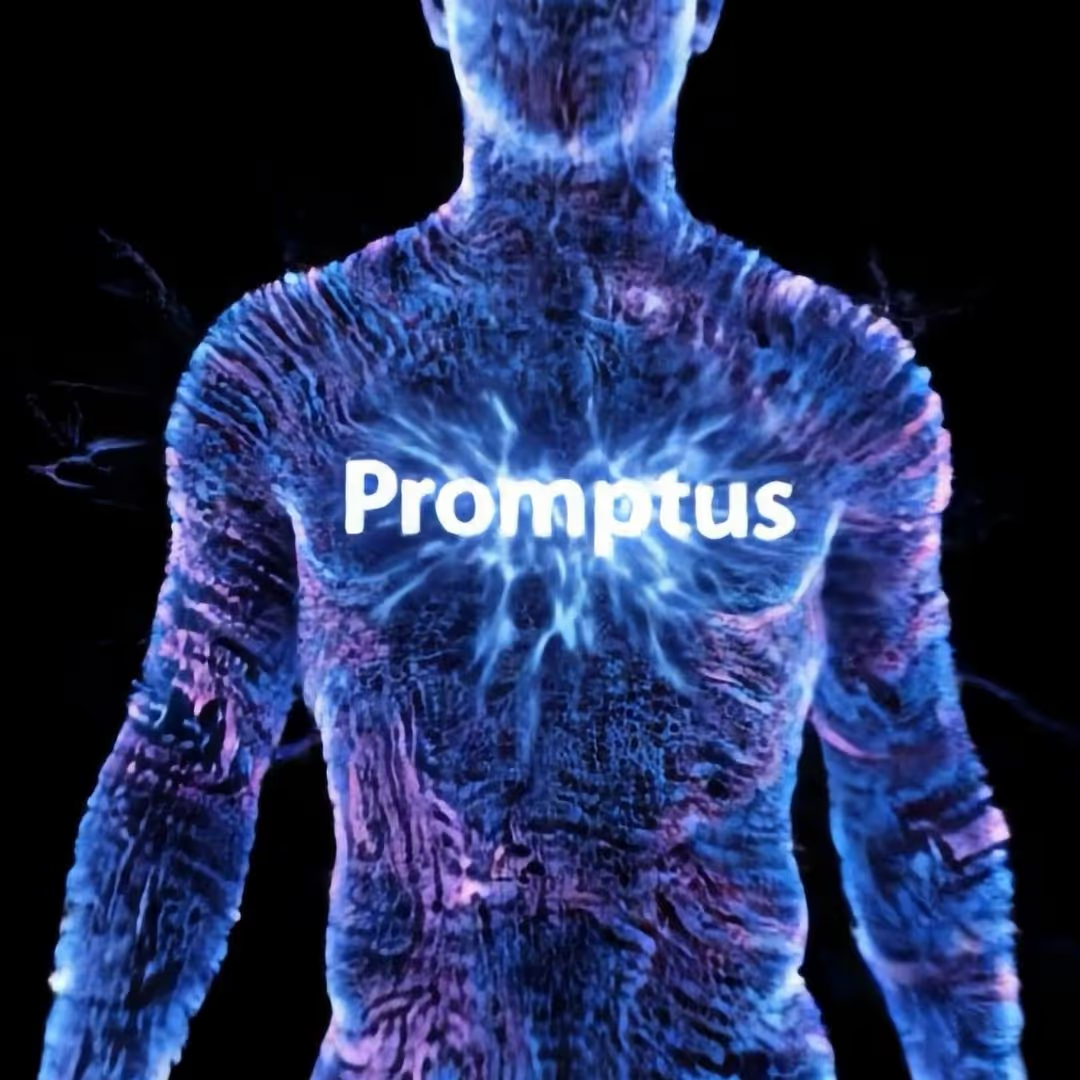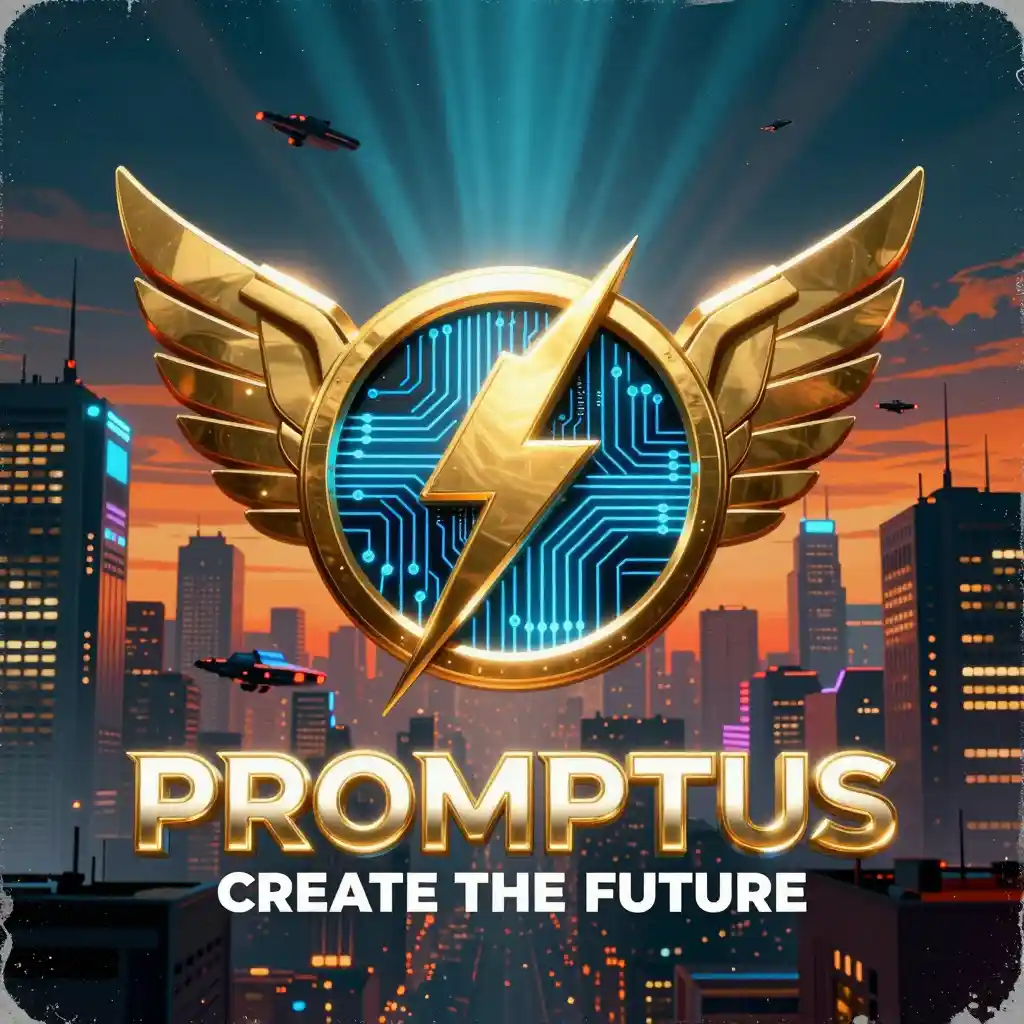
AI video prompting journey through beginner mistakes creates detailed tutorials covering abstract concept translation, conflicting instruction resolution, and iterative improvement strategies.
How my first attempt at AI video generation taught me more about prompt engineering than any tutorial could.
As a student intern at Promptus, I finally got my hands on Veo 3 with one ambitious goal: create a photorealistic human figure made entirely of flowing digital data streams. What I got instead was a glowing blue figure with unexpected water sounds—and some valuable lessons about how AI actually interprets our creative instructions.
The Vision vs. Reality
My original prompt was incredibly detailed—200+ words covering everything from "photorealistic physics" to "volumetriclighting properties." I was thinking like a 3D artist, using technical jargon about render engines and subsurface scattering algorithms.
The result? A solid blue humanoid with water audio instead of the flowing digital entity I envisioned.
What Went Wrong (And What I Learned)
1. Abstract concepts don't translate
When I said "digital data streams," I was picturing The Matrix. TheAI heard "vague glowing texture" and applied it to a solid shape.
2. Conflicting instructions confuse the model
Asking for something that's both "flowing like liquid" and "perfectly maintains human silhouette" forces the AI to choose. It defaulted to the safer solid shape.
3. Unspecified audio = AI's best guess
Words like "flowing" and "streams" without audio direction led the AI to associate these with water sounds.
4. Technical jargon isn't effective
AI responds better to "it glows softly" than "accurate subsurface scattering algorithms."
The Fix: Three Concrete Approaches
Instead of abstract concepts, I tried specific visual descriptions:
- A humanoid figure made of cascading blue and purple binary code
- A figure composed of millions of tiny swirling light particles
- A being of pure flowing energy made of mercury-like plasma
Each version gave the AI something concrete to work with.
Key Takeaways for Better Prompts
1. Be visually specific: Say "swirling golden sparks," not "magical energy"
2. Describe results, not methods: "Particles bounce naturally" instead of "use realistic physics"
3. Always direct audio: Even if it's "complete silence"
4. Resolve conflicts: Explain how something can be both flowing AND solid
The Learning Continues
I'm still working on the text integration challenge—getting "Promptus" to appear clearly in the figure's chest. But that's the beauty of having access to cutting-edge tools through Promptus: I can experiment, fail, iterate, and learn.
Each generation teaches me something new about how these models think. Working at Promptus gives me the perfect playground to push boundaries and share what I discover along the way.
What's your biggest AI generation challenge? The beauty of tools like Veo 3 is that every "failure" teaches us something valuable about the technology we're all learning to master.
%20(2).avif)
%20transparent.avif)



